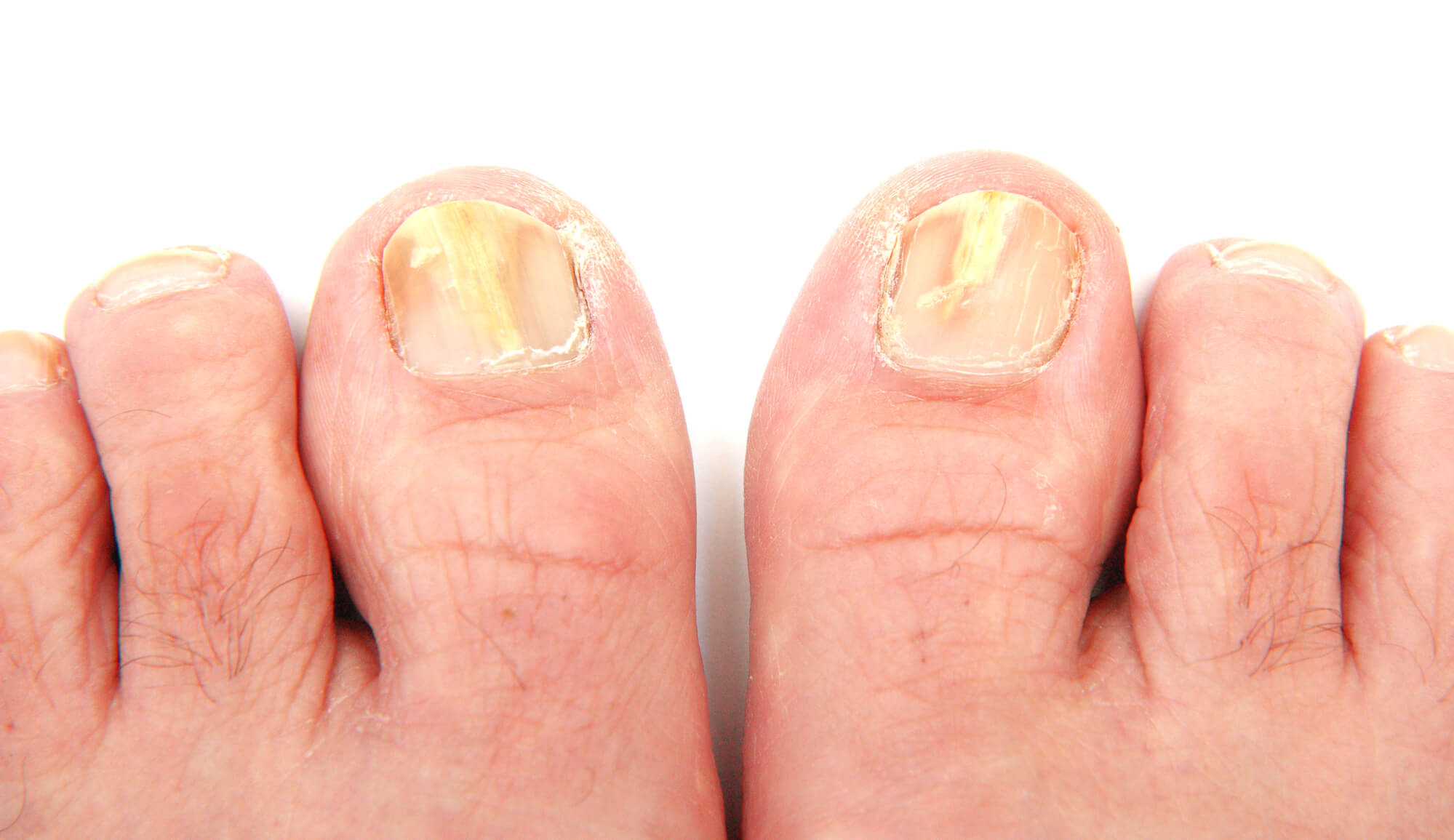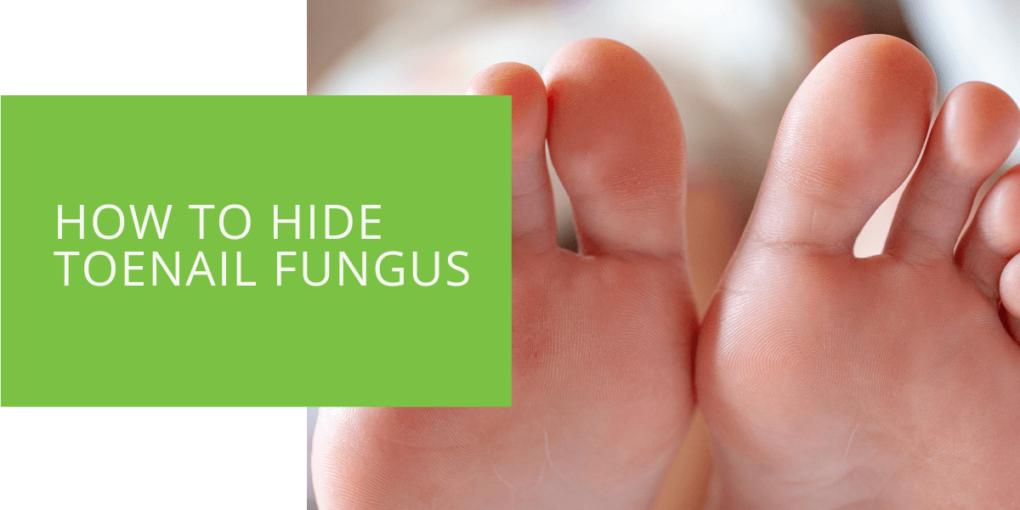How to Hide Toenail Fungus
Toenail fungus, also known as onychomycosis, is a common condition that affects many individuals. It is caused by a fungal infection that develops in the nail, resulting in unsightly discoloration, thickening, and even brittle nails. Not only is toenail fungus unsightly, but it can also be embarrassing and painful.
The good news is that many treatment options are available for toenail fungus, both over-the-counter and prescription. However, these treatments can take weeks or even months to take effect. In the meantime, finding ways to hide the fungus can be difficult, especially during the summer when many people want to wear sandals or go barefoot.
This article will discuss how to hide toenail fungus, the causes and risk factors, and treatment options. We will also provide tips for preventing toenail fungus and home remedies that can help alleviate symptoms.
How to Hide Toenail Fungus
While waiting for your toenail fungus to clear up, there are ways to conceal the unsightly symptoms of the infection.
- Using Nail Polish: One way to hide toenail fungus is to use nail polish. However, it's important to note that you should not use regular nail polish as it can seal in moisture and make the fungus worse. Instead, use a nail polish specifically formulated for fungal nails.
- Wearing Closed-Toed Shoes: Wearing closed-toe shoes can help conceal toenail fungus and protect your feet from further exposure to the fungus.
- Using Foot Powder: Applying foot powder to your feet can help to absorb sweat and reduce the risk of the fungus thriving.
- Using a Fungal Nail Cover-Up: Special concealers can be applied to the nail to conceal the discoloration caused by toenail fungus.
- Pedicure and Manicure: Regular Pedicures and Manicures may help to make your nails look nicer. Be sure to bring your own instruments and follow good hygiene practices to avoid spreading the fungus to other people.

Understanding Toenail Fungus
Toenail fungus is caused by a fungal infection that develops in the nail. The fungi that cause toenail fungus thrive in warm, moist environments, such as inside a shoe or in a public shower. Risk factors for toenail fungus include:
- Age: As we age, our nails become thicker and more brittle, making them more susceptible to fungal infections.
- Medical conditions: People with diabetes, psoriasis or a weakened immune system are more at risk for toenail fungus.
- Foot trauma: Trauma to the nail, such as wearing tight shoes or stubbing a toe, can increase the risk of a fungal infection.
- Heredity: Some individuals may be more prone to developing toenail fungus due to a genetic predisposition.
The signs and symptoms of toenail fungus include:
- Yellow or white discoloration of the nail
- Thickening of the nail
- Brittle nails
- Foul odor
- Pain or discomfort when wearing shoes or walking

Preventing Toenail Fungus
Preventing toenail fungus can be done by practicing good foot hygiene, proper nail care, and avoiding moist environments.
- Good Foot Hygiene: Keep your feet clean and dry. Dry your feet thoroughly after showering or bathing, paying special attention to the toes.
- Proper Nail Care: Keep nails trimmed and filed to reduce the risk of injury.
- Wearing Breathable Shoes: Avoid wearing closed-toe shoes, especially if your feet tend to sweat. Opt for shoes made of breathable materials such as leather or mesh.
- Avoiding Moist Environments: Avoid going barefoot in public areas, such as showers or locker rooms, where the fungus can thrive.
Treatment Options
Treatment options for toenail fungus include over-the-counter medications, prescription medications, topical treatments, and home remedies.
- Over-the-counter Medications: There are a variety of over-the-counter antifungal products available to treat toenail fungus. These include creams, ointments, and lacquers that can be applied directly to the affected nail.
- Prescription Medications: Your podiatrist may prescribe oral antifungal medications to help clear up the infection. These medications can come with side effects such as liver damage, so it is important to follow your doctor's instructions and have regular check-ups to monitor your liver function.
- Topical Treatments: Your podiatrist may also recommend topical treatments that can be applied directly to the affected nails, such as creams or ointments.
- Home Remedies: Some people may find relief with home remedies such as soaking their toes in vinegar or tea tree oil solution, which can help to kill the fungus. However, it is important to note that home remedies may take longer to take effect and may not be as effective as prescription medications.
Conclusion
Toenail fungus is a common condition that can be unsightly and embarrassing. However, treatment options are available, including over-the-counter and prescription medications, topical treatments, and home remedies. In the meantime, there are ways to hide toenail fungus, such as using nail polish, wearing closed-toe shoes, using foot powder, and using a fungal nail cover-up. It is also important to prevent toenail fungus by practicing good foot hygiene, proper nail care, and avoiding moist environments. If you suspect you have toenail fungus, it's important to seek treatment from a podiatrist as soon as possible. The earlier you start treatment, the more likely you will be able to fully cure the infection and prevent it from recurring.

